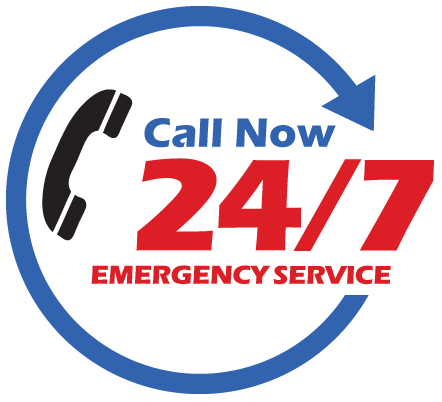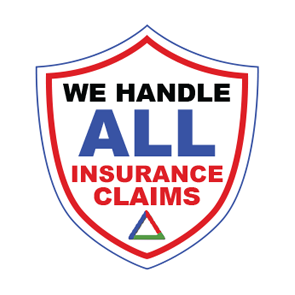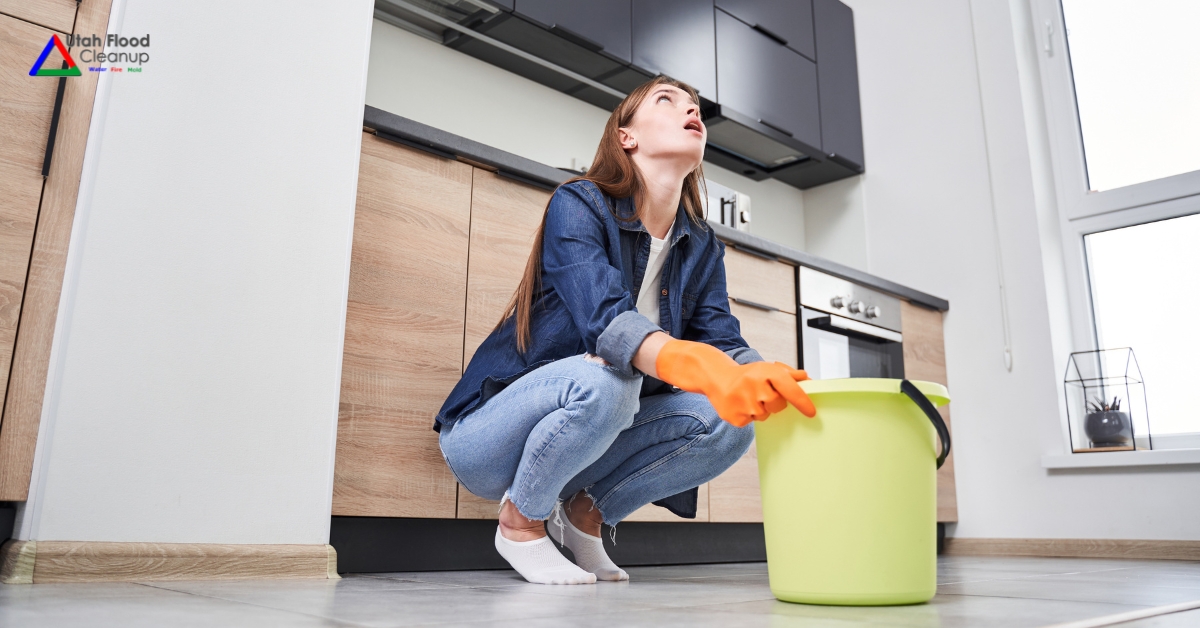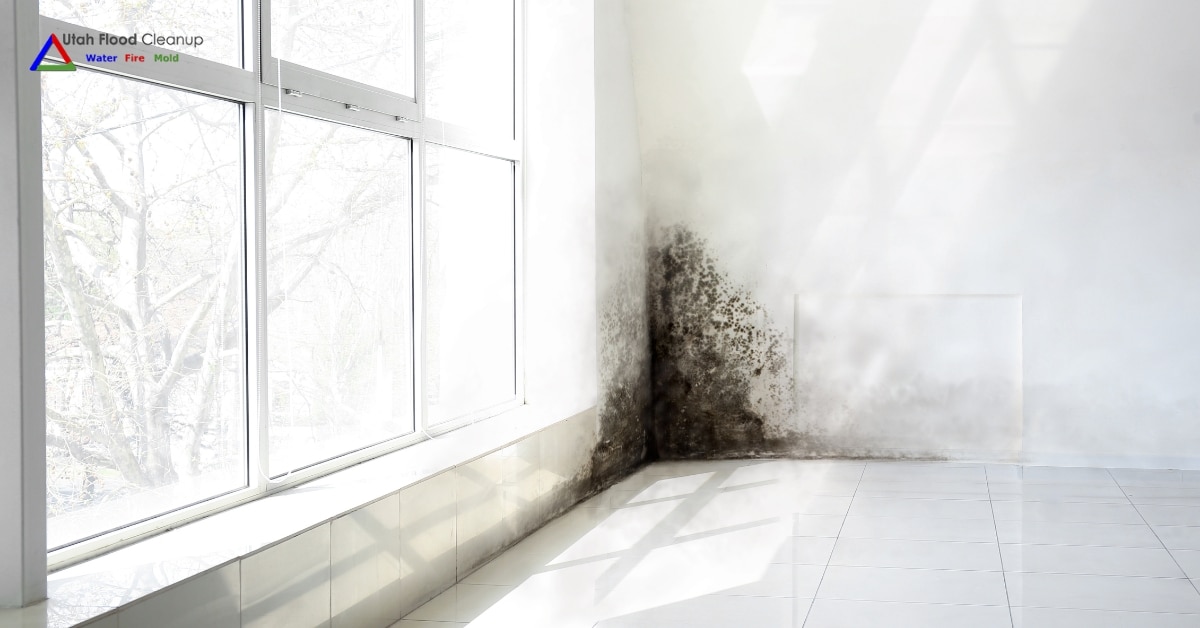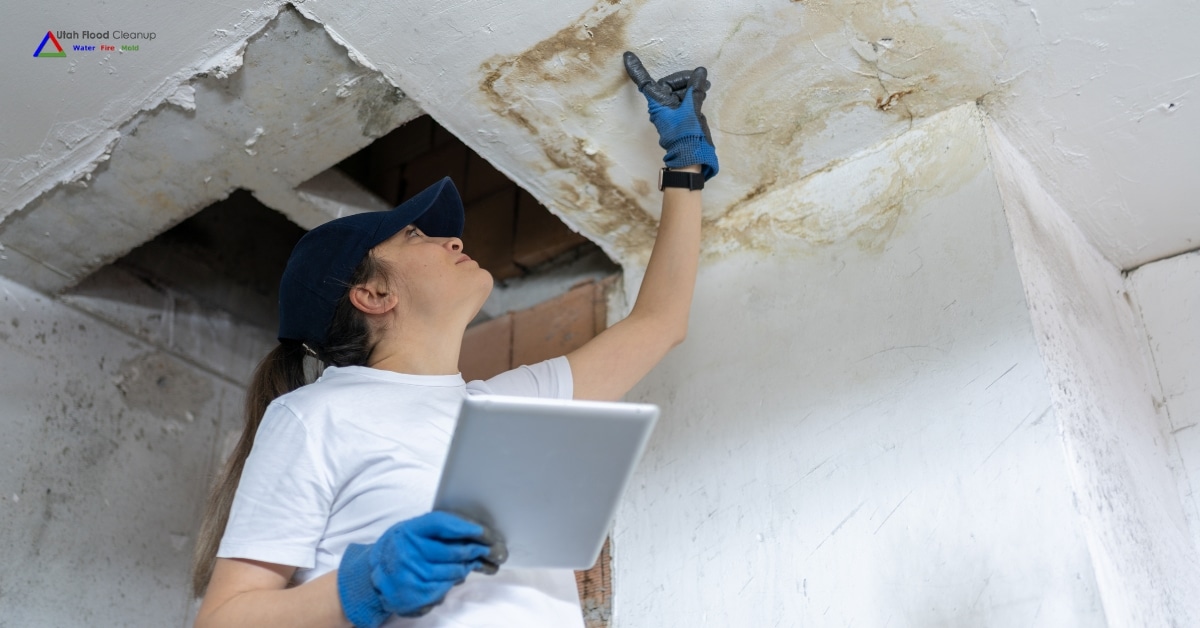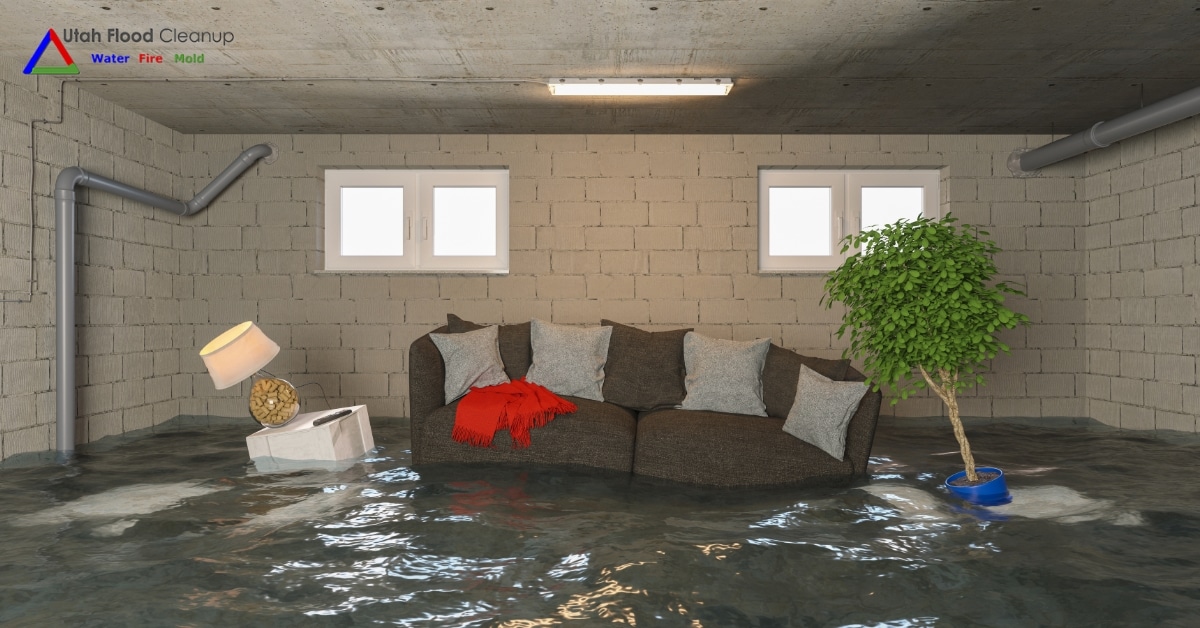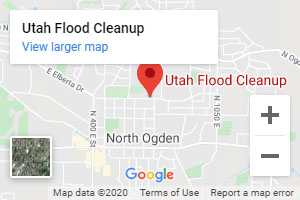Whether your home is in a flood zone or has just suffered a major plumbing problem, flooding can be an enormous headache to handle on your own. Flood problems result in significant damage to the overall structure of your home, making it unsafe and uncomfortable to live there after a flood hits. Fortunately, you have a local Utah flood damage restoration and repair team by your side when you need help cleaning up after a flood. Utah Flood Cleanup provides advanced techniques and professional solutions to help you return your home to normal.
Does Your Home Have Flood Damage? Call Us 24/7 at (801) 416-2666. Free Phone Consultation by Reliable Utah Flood Damage Restoration and Repair Experts
Click Here to Read What Your Neighbors are Saying in Our Customer Reviews.
Water Mitigation VS. Restoration: What is the Difference?
Water damage can be a daunting experience for any homeowner or property owner. Many people are not aware of the difference between water mitigation and water damage restoration and that they are in fact two separate stages that occur after water damage occurs. Water mitigation refers to the initial steps taken to prevent further damage caused by excess water, while water damage restoration involves restoring the affected area to its pre-loss condition.
Water mitigation involves identifying the source of water damage and taking immediate steps to prevent further damage. This may include turning off the water supply, sealing leaks, and or water extraction from the flooded area. The goal of water mitigation is to prevent further damage and to minimize the cost of restoration.
Water damage restoration is the process of restoring a property to its pre-loss condition after water damage occurs. This stage involves removing damaged materials, drying the affected area, and repairing any damage caused by water. Restoration may also involve addressing secondary issues such as mold growth, which can occur in damp areas.
In conclusion, water mitigation and water damage restoration are two important stages of the flood damage restoration process. By providing excellent service and expertise, the flood damage restoration professionals at Utah Flood Cleanup can help homeowners and property owners in Ogden and Salt Lake City navigate the challenges of water damage and restore their properties to their former state.
Why Choose Utah Flood Cleanup?
Utah Flood Cleanup is your premier contractor for all aspects of flood damage restoration and repair. Call us today and work with reliable contractors who will get the job done on time, and at a price that will fit your budget.
- FREE phone consultation
- FREE inspection on insurance-covered water damage incidents
- 24/7 emergency Utah flood damage restoration services—because flood damage problems can’t wait
- Expert solutions from licensed and certified damage restoration technicians
- 2-year guarantee on workmanship—you can count on long term, quality solutions
- Financing available to fit any budget
What Are the Benefits of Professional Utah Flood Damage Restoration?
Home flooding can seem more damaging than it initially looks. Once the water has cleared away, mold growth and mildew become the most significant problems within the home. Mold and mildew can create an unsafe environment for you and your family and will require professional removal services.
Flooding can also weaken floorboards and joints, making it unsafe to walk around the home. Termites and other pests are also attracted to moist environments that have been subjected to water damage, so it's imperative to have damage restoration specialists handle the Utah flood damage restoration process.
What Problems Can You Avoid With Timely Repair?
Once a flood hits, get in touch with a flood damage repair expert right away. One of the most common problems that can be avoided with professional flood damage restoration is mold and mildew growth. Living around mold and mildew can affect the health of your household, especially if there are members who suffer from allergies and respiratory problems.
Another problem that can be avoided with timely flood damage repair is weakened or bowing floorboards. Replacing damaged material with brand new boards will help strengthen your home. Major electrical problems can also be prevented if you are dealing with a recent flood that overtook the house.
On average, the most damage occurs 48 hours after flooding. Calling for professional help within that time can help you avoid extreme damage to your home and belongings, including the carpeting, drywall, wooden furniture and flooring, cabinets, and ceilings. We can also help you restore these materials to a like-new condition.
What Can You Do Before Help Arrives?
You’ve called for help, but what should you do before our team arrives? There are several things you can do to lessen damage and prevent further problems.
Make sure all household members are out of the flooded areas, especially if electrical items have been affected. If you have a sump pump, use it to whisk water away from your basement or other low lying areas.
Utah Flood Cleanup will arrive promptly and get right to work with our Utah flood damage restoration process. We use the latest in damage restoration technology, including thermal imaging, to make sure all of the damage is identified and repaired as efficiently as possible.
Frequently Asked Questions About Flood Damage Restoration
The weather outside can indirectly cause home damage. As rain overwhelms municipal systems they can backup drainage to a home. That’s in addition to damage caused by hurricanes or general regional flooding.
- Clean Water – Usually not posing an immediate health threat, this can be cleaned up without any further exposure risk. It comes typically from a failed appliance, melting snow, or holding tanks that leak. However, clean water can go bad in as little as 48 hours, so cleaning time is critical.
- Grey Water – This is wastewater without fecal contamination but was used for washing. It can be contaminated and protection is essential when cleaning. The affected area must then be cleaned up with decontaminating treatments.
- Black Water – This is water with human waste and fecal contamination. It typically also has toxins in it and parasites. Most sources tend to be sewers and toilets. It’s a massive breeding ground for problems, requires protection gear during the cleanup, and also demands serious decontamination afterward.

